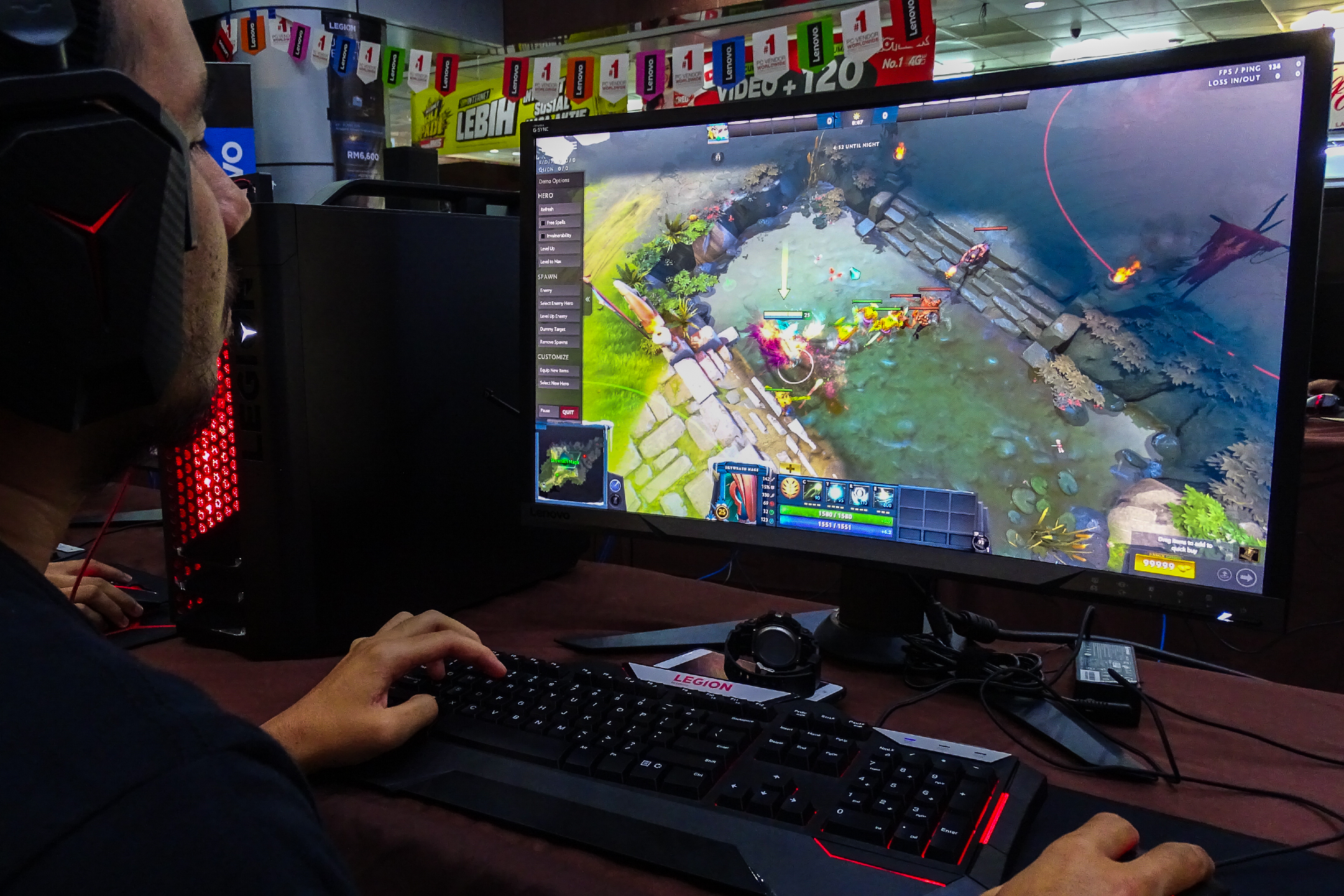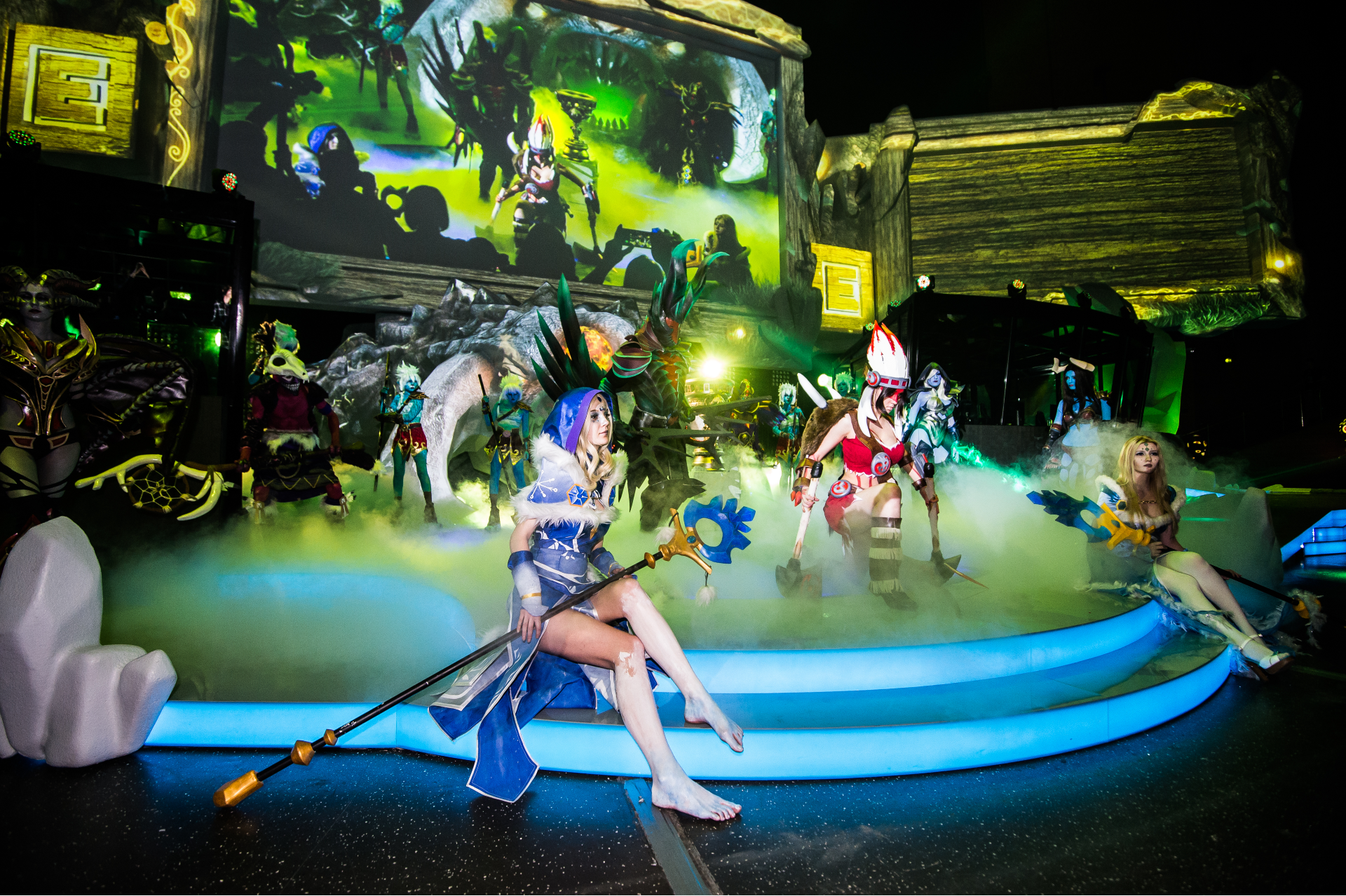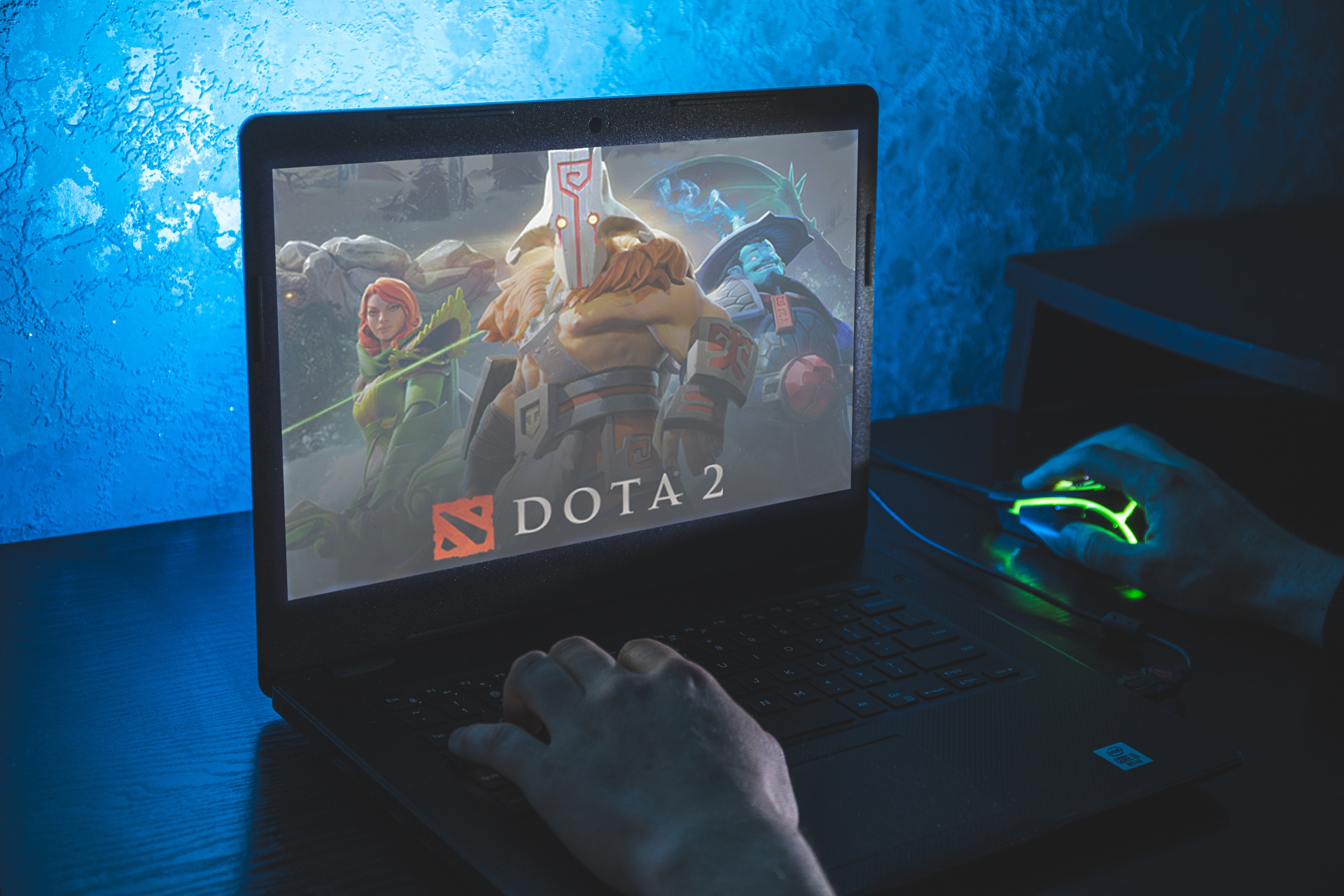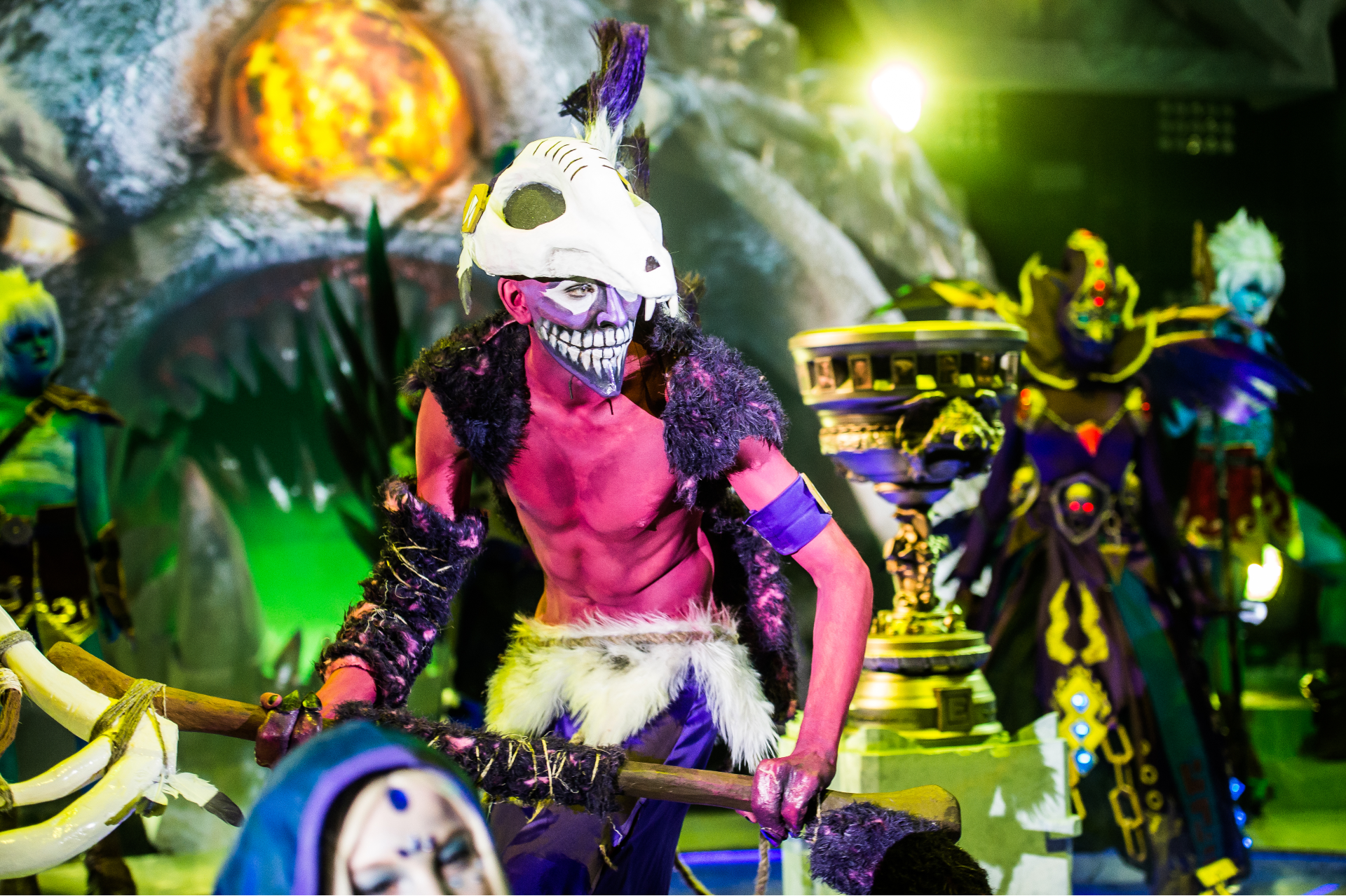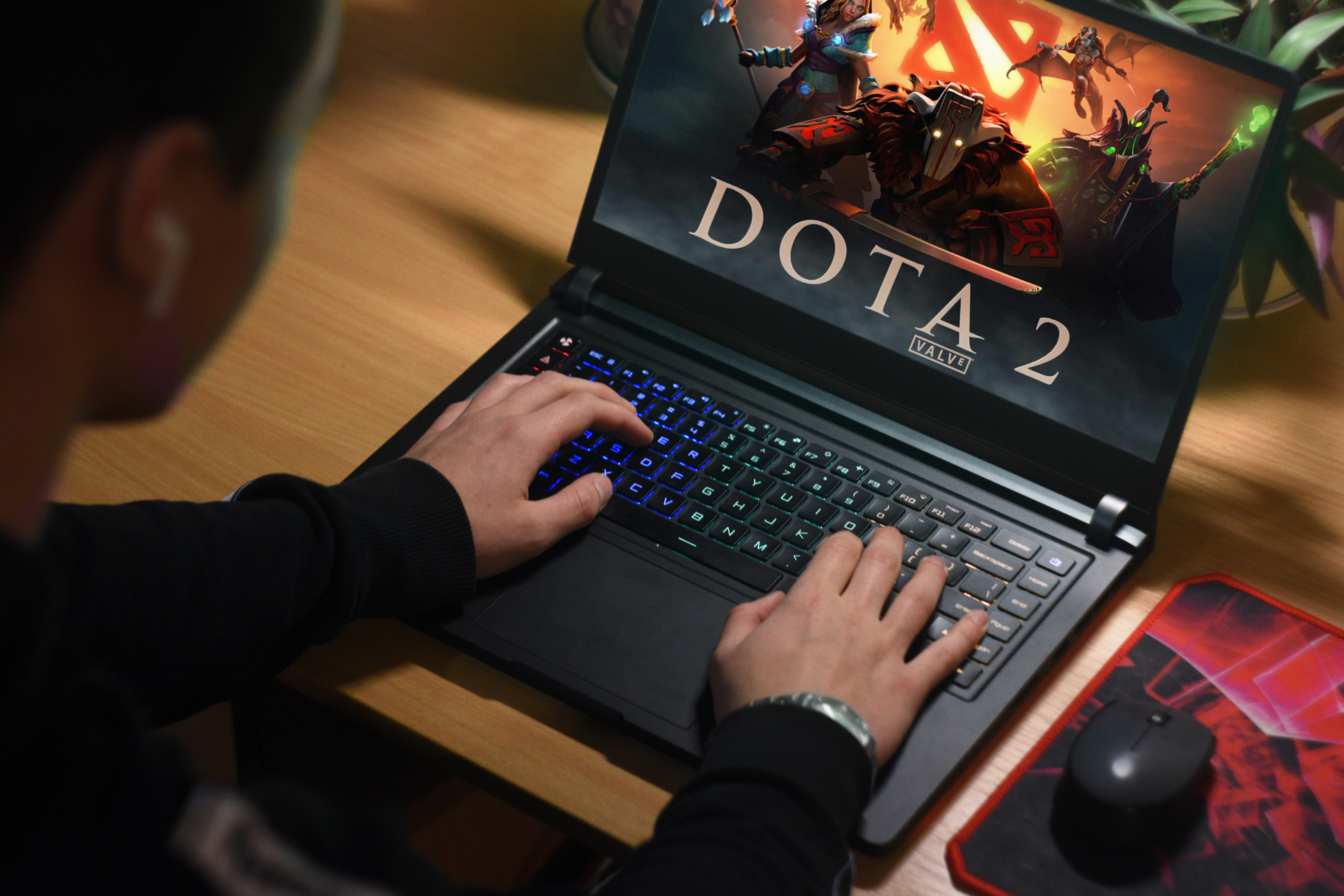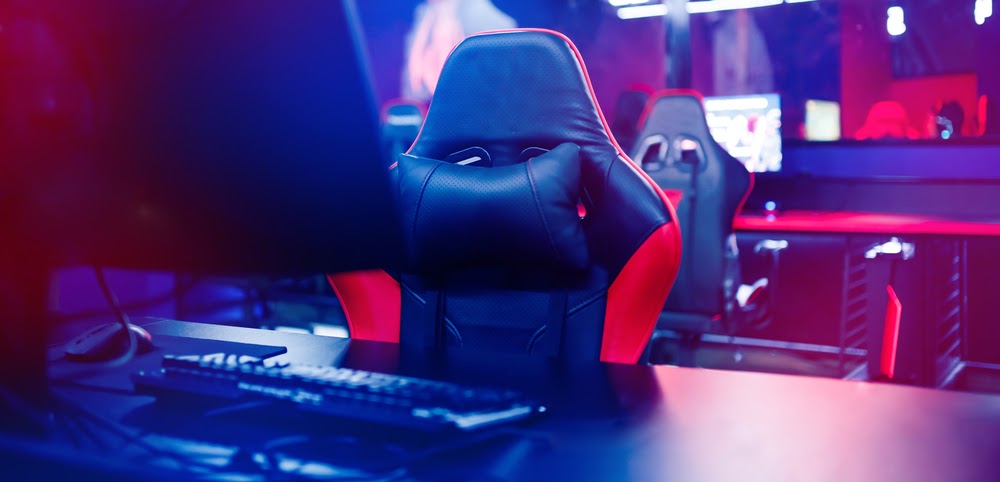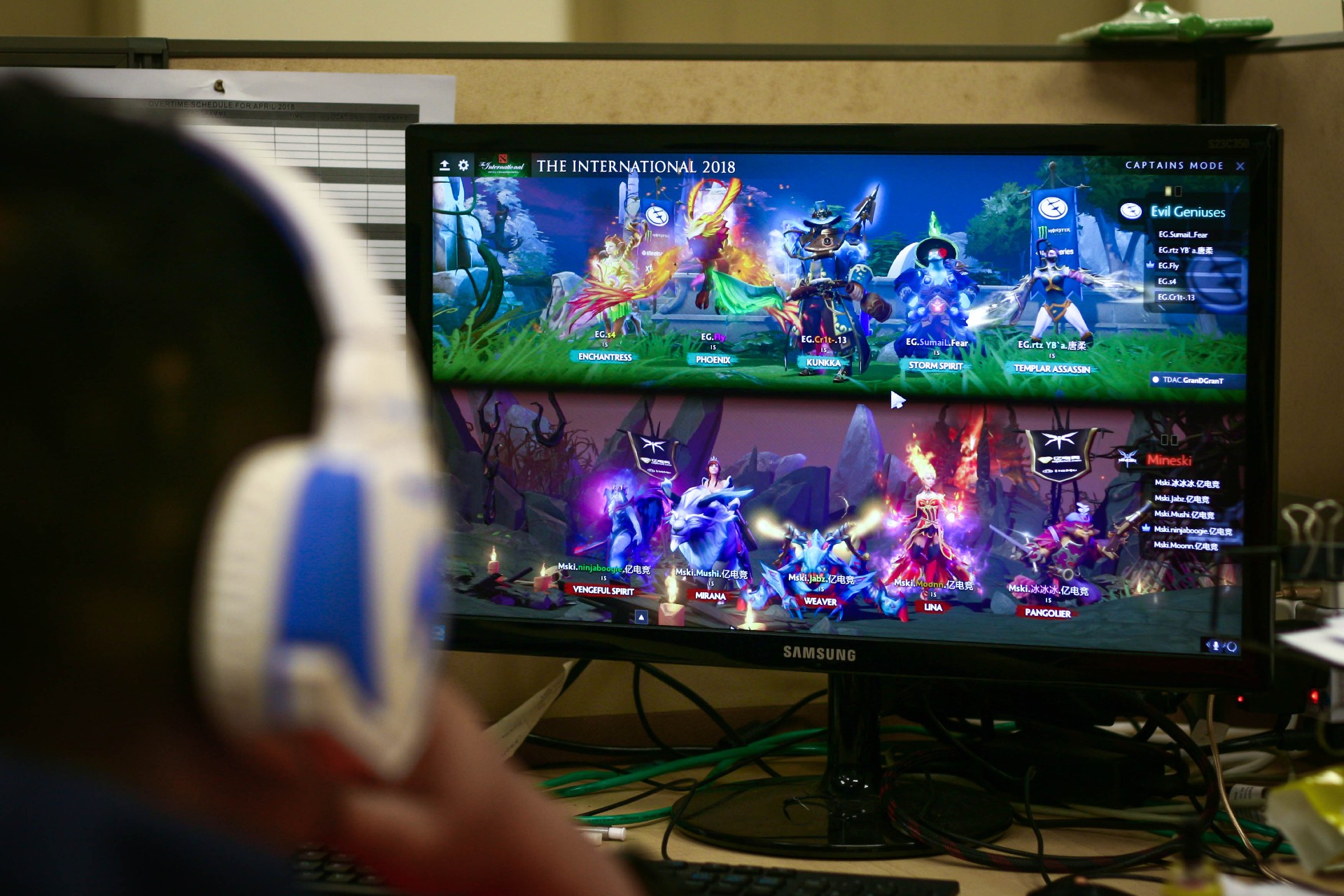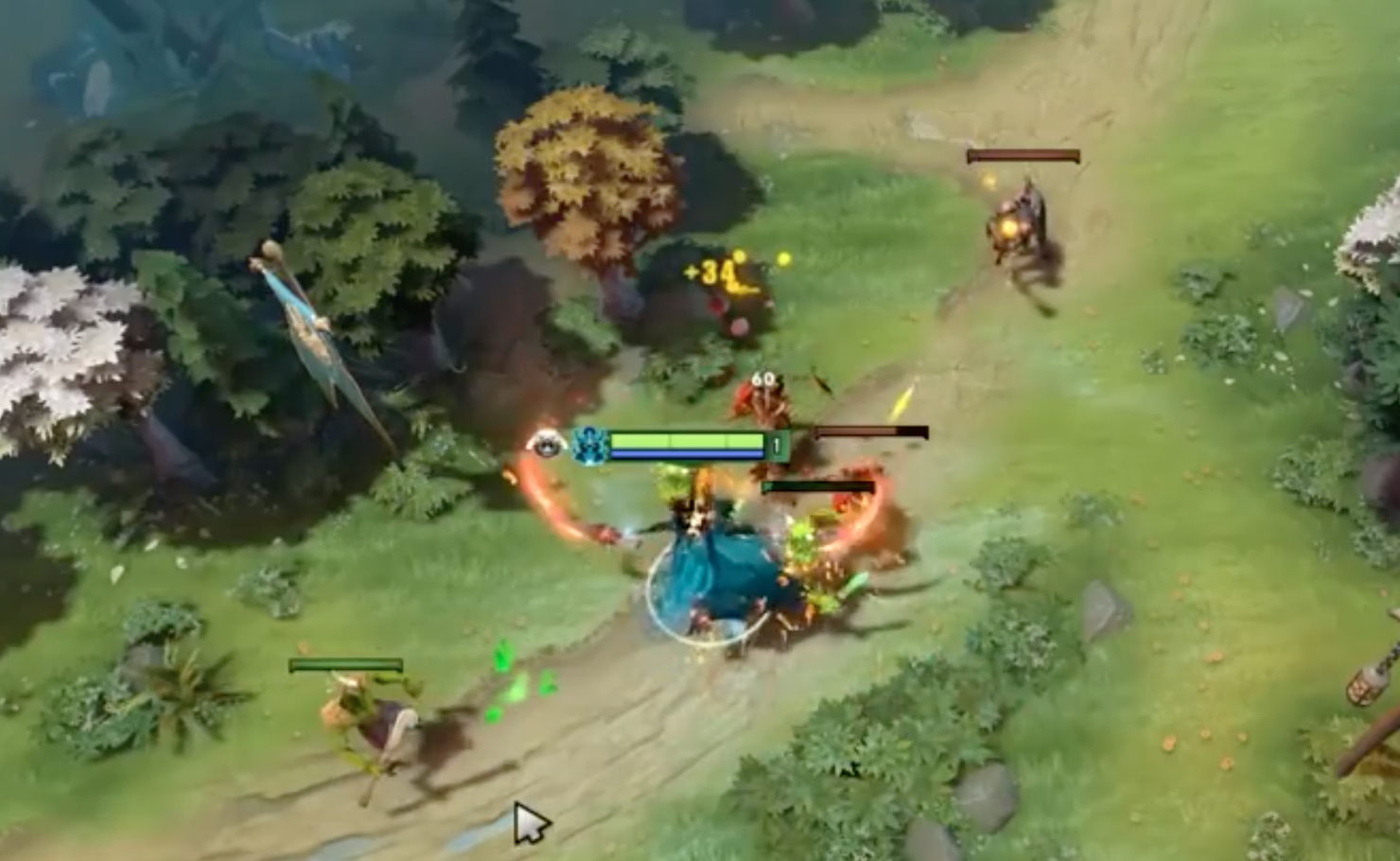Knowing about support role and the top 7 best soft support heroes
Knowing about support role and the top 7 best soft support heroes
Dota 2 players may often pick the carry roles, but everybody can agree that the support role is the essential part of the game. Heroes that take on this role are versatile when it comes to assisting in team fights and saving their allies.
Read on to know more about the support role, its two different types, and the seven best support heroes.
Support Roles
The two teams who battle it out to destroy each other’s Nexus are composed of 5 heroes each. These heroes correspond to 5 roles or positions. The support roles are positions 4 and 5; the soft and hard supports.
- Position 4 (Soft support) – They are also known as junglers in Dota 2. They poke their heads into lanes to provide ganks and are in charge of pulling jungle creeps. The soft support also helps with lane control in the carry’s safe lane whenever possible. Soft supports have higher farm priority and are designed to be more item-dependent than hard supports. This is because items like Pipe of Insight, Blink Dagger, Force Staff, and others can drastically enhance their kits.
- Position 5 (Hard supports) – They are heroes who are the least farm-dependent in the team. This role is often the team’s backbone, pooling resources by acquiring consumables for the carries and maintaining map control through warding and counter warding.
Hard supports play a critical role when it comes to planning the outcome of fights and the entire game.
7 best soft support heroes
An excellent soft support must torment the enemy carry, make great plays in the mid-game, and help set their offlaner up for success. A good position-four player who can do all that while still scaling into a late-game threat can bring the team to victory. Here are the seven best soft support heroes that you can use in the game.
Chen
Chen is a jungling support who does not rely too much on items to make an impact on the game. His potential is immediately evident as he converts a neutral creep and goes first blood on an enemy who is unfamiliar with Chen’s skills.
Chen is an amazing support hero that can provide health regeneration to the whole team when it comes to sticky situations. He is a great initiator, and his versatility comes from his abilities that provide a significant amount of damage to opponents.
Disruptor
Intense spamming abilities make Disruptor a formidable opponent to face. His ultimate can provide him with some silence and burst damage that is effective when an enemy hero has crucial spells.
Disruptor’s skill, Glimpse, is a game-changer used at the right moment by targeting an enemy hero who teleported to join in the fight. Glimpse is a spell that is all about timing. When timed right, it can make Disruptor the star of the game.
Dazzle
Another Dota 2 hero is great at lane pushing, team healing, and damage amplification. Dazzle allows the team’s carry to be more laidback when farming by providing passive and aggressive gameplay support. His other ability, Shallow Grave, affects dying companions’ health to last a few more seconds. This can turn the tides of the game, especially in crucial situations.
This Dota 2 hero can be easily mastered but needs good timing when casting his Shallow Grace skill. Overall, Dazzle is a versatile support who does not rely much on items.
Lion
Lion is a Dota 2 hero who can be a babysitter for the team carry but at the same time harass the other lanes. Although Lion is a hero who does not rely too much on items, he can still inflict burst damage, and good disables.
His spell Mana Drain can deplete an enemy hero’s mana pool, making them ineffective in team fights. This also provides Lion with extra mana that can be used to amplify his abilities. His abilities also allow him to be a roaming support who can duo with another support from the team and create deadly roaming combinations.
Earthshaker
One of Dota 2’s heroes who can impact the game, even on level one. With the proper positioning, Earthshaker can easily gank on opponents, and his skill ‘echo slam’ enables him to help spam abilities that deal continuous damage to enemy heroes. Other support players can maximise Earthshaker’s abilities to gank and seal an easy kill on the opposite team.
He is an excellent pick not only because his skills are not item-dependent but also because he can also provide a chain of stuns.
Crystal Maiden
Crystal Maiden is one of the heroes who can replenish mana for herself and her comrades. Her two other skills are both disablers and damage dealers. Frozen Field allows her to slow down enemies long enough to turn the game in your team’s favour.
Overall, Crystal Maiden is a support-jungler who excels in both and can also be used as a semi-carry.
Rubick
This Dota 2 hero is so versatile that he can literally copy an enemy hero’s ability. The highlight of Rubick’s ability is her ultimate Spell Steal, which can copy the target enemy’s casted spell. This skill allows her to adapt in fights, making her an effective support.
Basic tips of playing support
Now that we have covered the 7 best soft support heroes, here are a few tips to help you be more effective in the role:
- Pull when necessary – Pulling neutral creep camps so that they wind up cutting your oncoming creeps is the best way to provide your lane partner solo experience. When you pull, it aids in the re-establishment of creep equilibrium. It can be difficult for your core to score creep kills if your creep wave is pushed too far towards the opposing tier 1 tower.
- Keep an eagle eye – Keep an eye on sentry and observer wards because they are extremely important in Dota 2, and you cannot survive without them. Observer wards replenish every two minutes and 15 seconds. Sentry wards are replenished after 85 seconds. In the latest updates of the game, wards are now made free, so there is no excuse to not get them.
- Babysit your carry – Support roles must provide opportunities for other heroes to develop their characters and farm the items they need. The number one rule of support roles is to not take away gold and experience from your carry or mid-laner. In the first 20 to 30 minutes of the game, they need those things more. These carry heroes most of the time need babysitting because they cannot stand up to enemies alone, especially in the early game. Remember to always be by their side.
- Torment your enemies – Support heroes cannot kill an opposing team’s core. What you can do is to make their jungling stressful by pulling the jungle creeps, stealing runes, and non-stop attacking. Doing this will delay their items and gold.
- Observe the timings – as a support role in Dota 2, you have more time in your hands to roam around the map and keep an eye on the enemy’s movements, especially on the laning stage.
Factors like runes, shrines, camps of neutral creeps, and wards, etc., are all completed by the support. Take note of the things that are happening around you and keep your members updated on the events happening in the game through the allied chat.

